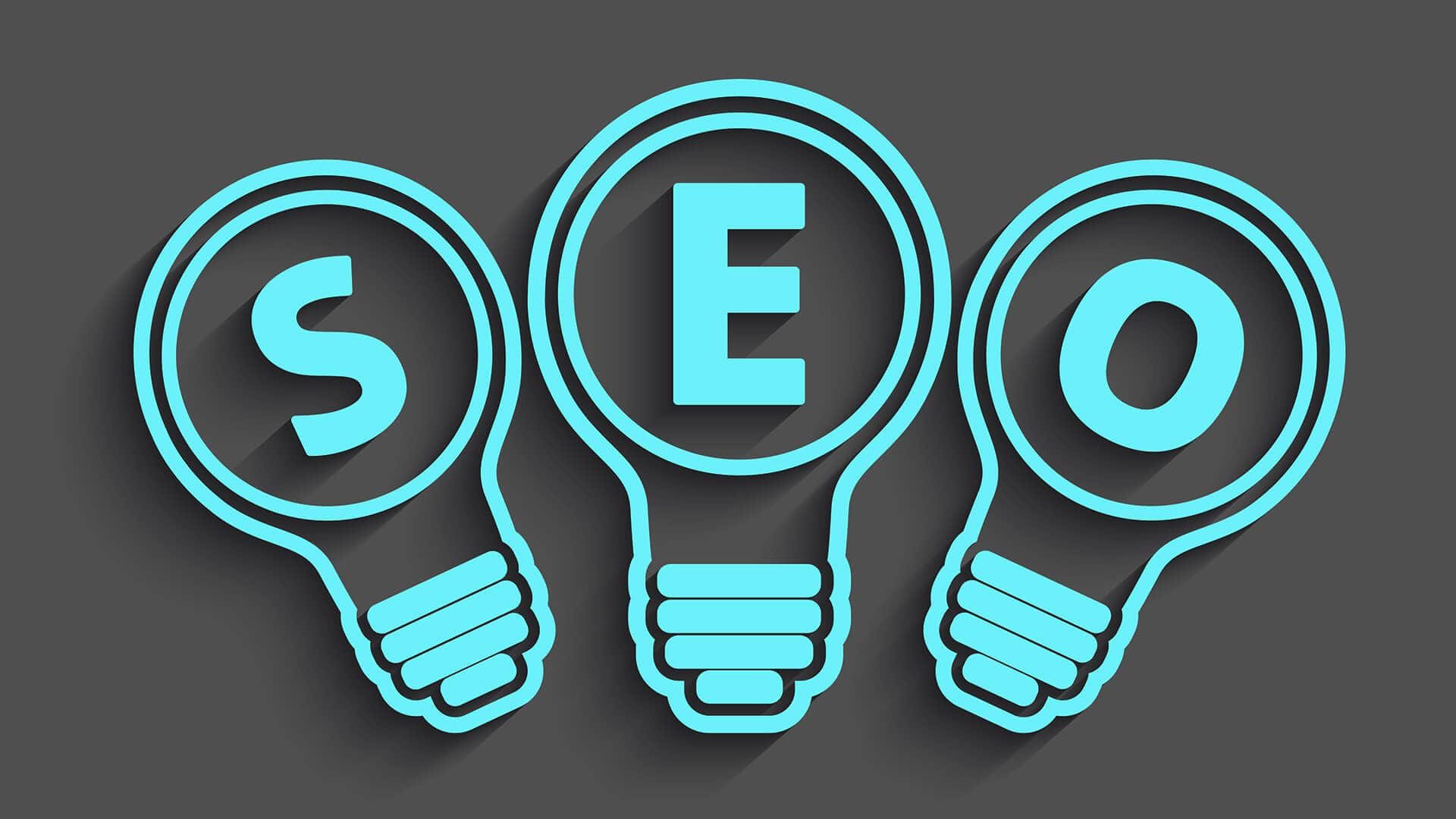Common SEO Interview Questions And Answers For Fresher
- What is SEO?
SEO or Search engine optimization is a set of activities undertaken by people to make their website or webpage more comprehensible/attractive for the search engine algorithm. When a webpage or website is properly optimized, it appears in top positions for the queries on a search engine.
The purpose of SEO is to increase the organic or unpaid traffic to your website or webpage through organic search engine results. - What is on-page & off-page SEO?
On-page: The process of optimizing web pages by influencing internal factors like content quality, HTML source code, content structure, keyword density, meta title and description, page title, url structure, internal linking, etc. is called on-page SEO.
Off-page: Improving the performance of a website on a search engine with the help of external factors like link building, blog directory submissions, forum submissions, social bookmarking, social media engagement, etc. is called Off-page SEO. - Apart from Google what other search engines can you name?
Some of the popular search engines other than Google are:
Bing, Yahoo, Baidu, Ask.com, Vimeo, DuckDuckGo, and Yandex - What is crawling & indexing?
Crawling: Crawling is a process by which, a crawler/bot of a search engine, gathers data about a webpage. In simple terms, a crawler studies websites, related web-pages, links, and content to create entries for search engine indexing.
Indexing: A webpage is considered to be indexed when it is added to the database of a search engine. Once the indexing is done, the webpage will start appearing for queries on the search engine. However, it is important to note that the webpage will have to go through a process of search engine optimization to get reflected on top positions. - What is the importance of Keywords?
Keywords are terms that define what a particular content is about. Well-researched keywords are very important as they lead the way in optimizing content on your website and making it comprehensible for search engines. - What is your process for Keyword Research?
Keyword research can be a long and elaborate process, however, you can narrate the following process as a simple reply to this question:
Step 1 (Analysis): Research words relevant to the industry/business and analyze the keywords used in the website of competitors to create a Keyword Bucket.
Step 2 (Research related keywords): Find out the best related set of words along with the current set of keywords you have.
Step 3 (Prepare long-tail Keywords): Create a list of long-tail keywords that are most likely to be searched by users.
Step 4 (Test keyword phrases on Google Adwords Keyword Planner): Keyword planner will help you cut down your list and give you a set of keywords that will optimize the performance of your website. Google Adwords is also an effective tool for competitor analysis. - What is keyword density?
Keyword density is the percentage of times a keyword appears on your webpage as compared to the total number of words on that page. The idea behind maintaining proper keyword density is to help optimize your webpage on a search engine, without having it penalised for keyword stuffing. The ideal keyword density is considered to be 1 to 3 percent. - What is a long-tail keyword?
For understanding long-tail Keyword, it is first important to understand Head Keywords. Head keywords, also called short-tail keywords, are regular terms which a lot of people search about (e.g. – Sports Shoes). Long-term keywords are additions to head keywords that make the search more specific (e.g. – Sports Shoes under Rs. 2000). - What are canonical URLs?
When the same or similar content is being used at different places within your website, the canonical URL function helps in specifying the source that should be considered as ‘original’ by the search engine. It, therefore, solves the problem of duplicate content by directing the search engine to the most preferred source. - What is meta description?
The links that appear after a query is entered in a search engine contain a 155 to 160 character snippet below it, which describes the contents of the webpage. This snippet is called meta description.

